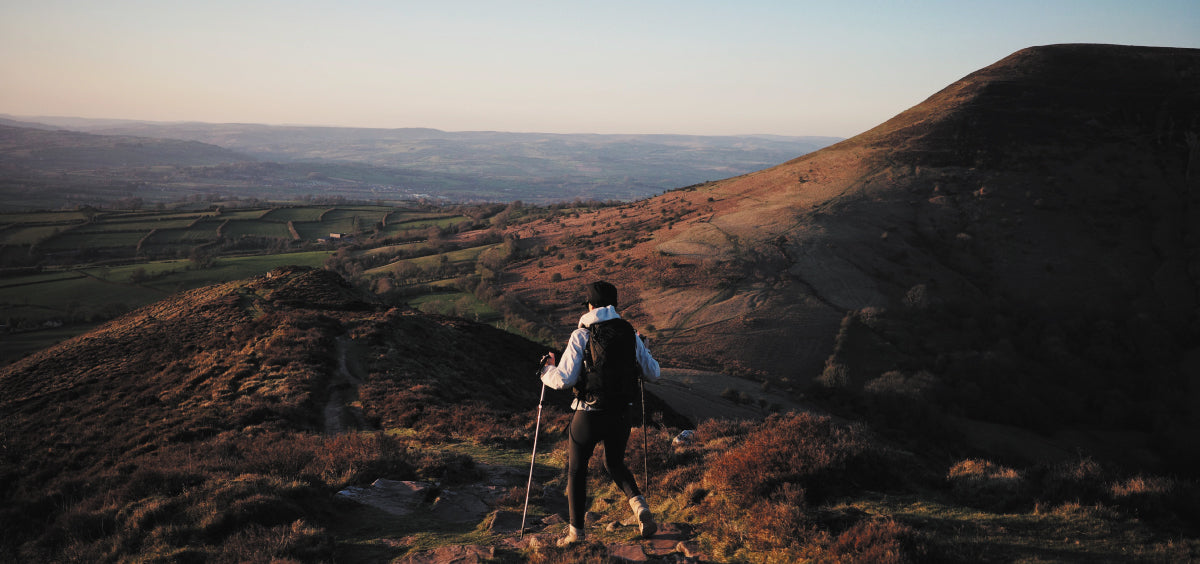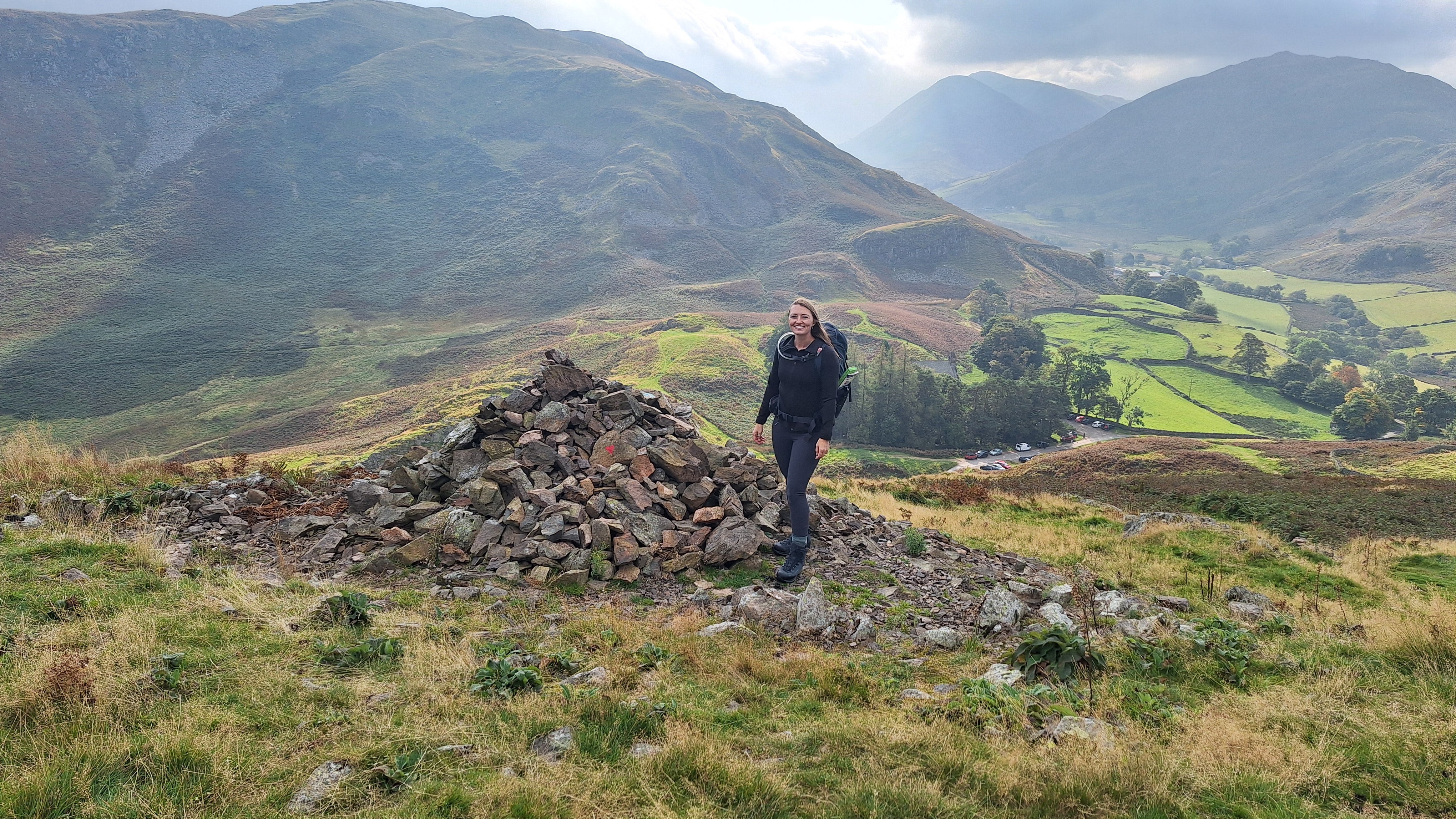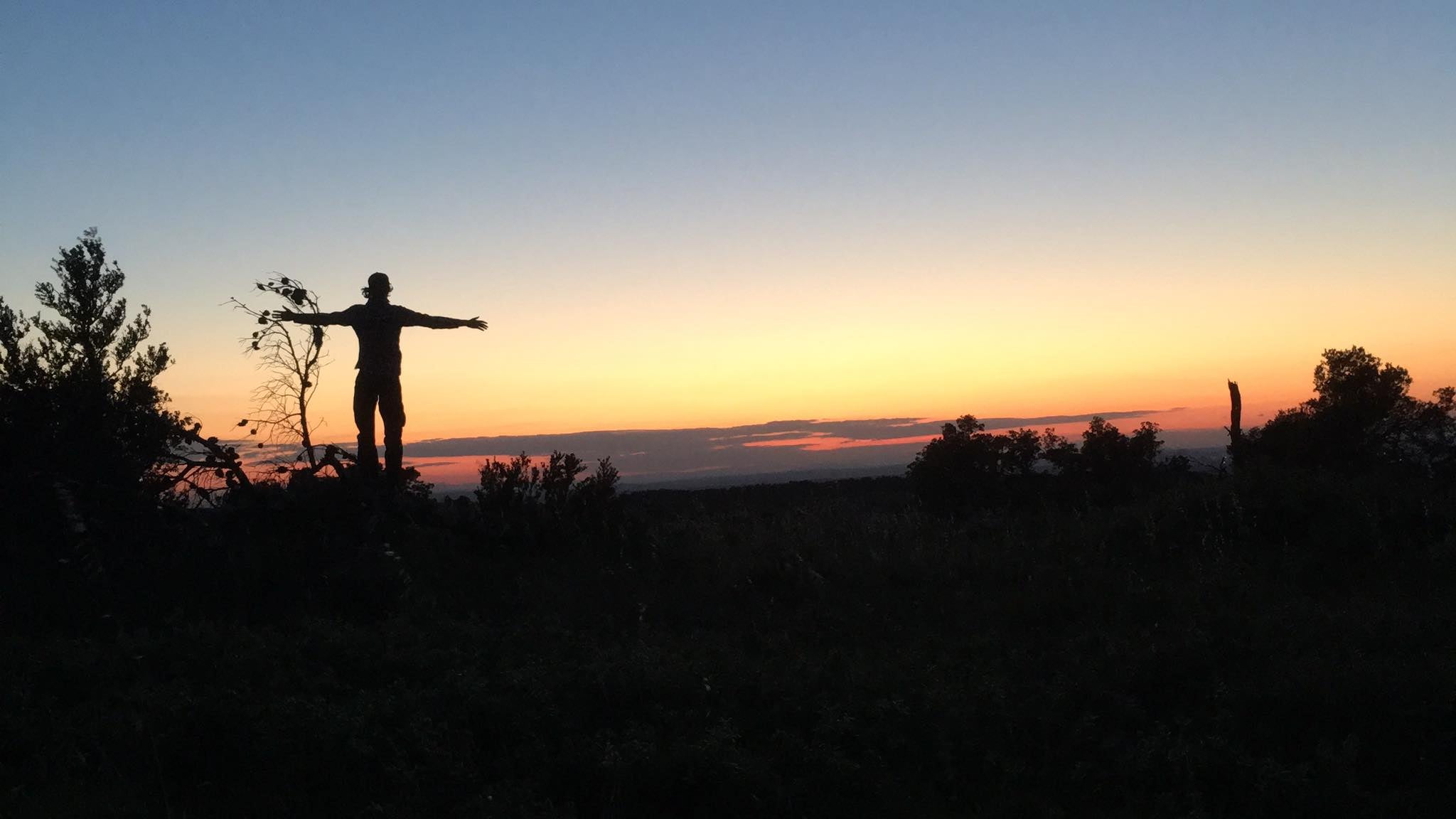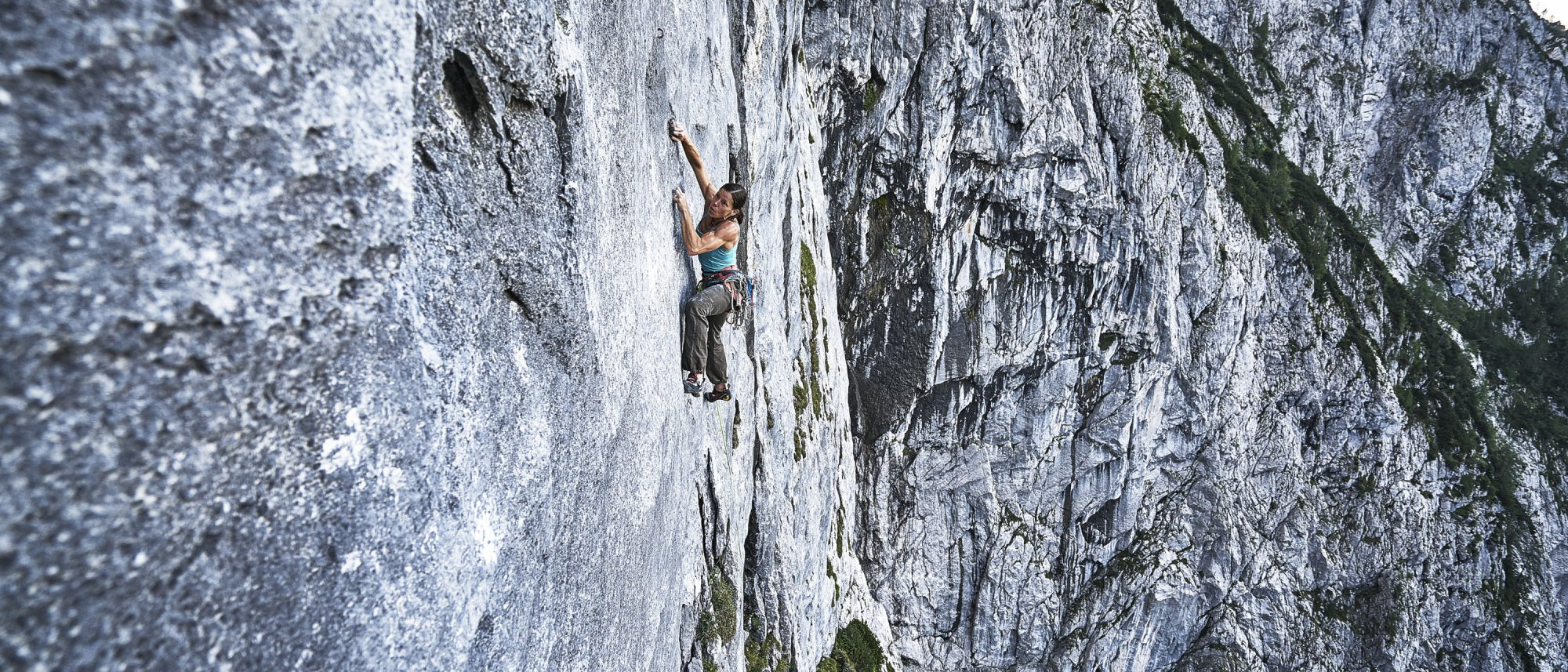A Guide to the Camino de Santiago

If you’re looking to enjoy a walking holiday, then this route should be high on your list! An ancient pilgrimage trail, it is one of the most extensive and accessible long-distance walking routes in the world. Full of exciting locations to discover, no matter how you join the Camino de Santiago, there’s bound to be something for you to enjoy.
In this blog, we take an overview of what makes this route so popular and how you can get involved in the journey!
What is the Camino de Santiago?
Also known as the Way of St. James, the Camino de Santiago is a range of pilgrimage routes that travel throughout Europe towards Santiago de Compostela in the Galicia region of North-West Spain, where the remains of Saint James the Great are said to be buried.
Many different routes are classed as the Camino de Santiago, so much so that people can create itineraries encompassing many different journeys. However, the most popular routes tend to start in the South of France before travelling across Spain’s north coast.

The History of the Camino de Santiago
Saint James the Great was one of Jesus’ Twelve Apostles, and tremendous importance is placed on him in Christianity. During the ancient history of early Christianity in Europe, this visit to his remains in Santiago was viewed as one of the religion’s most important pilgrimages, up there with journeys to Rome and Jerusalem.
The pilgrimage to St. James dates back to the 9th century. However, reports of this journey, particularly from France and further afield, start to appear in records from around the 12th century. During this time, the pilgrimage became so popular that new towns formed along the route to accommodate travellers, many of which still exist today.
The pilgrimage fell out of popularity from around the 14th century following wars and other epidemics throughout Europe but has seen a revival over the last few centuries. Nowadays, people are enjoying the journey throughout the year, but particularly during the summer months.
The Routes of Camino de Santiago
As mentioned, there are many different walks classed as the Camino de Santiago for you to enjoy. The original route followed a path created by Roman tradespeople and even nowadays, one of the most popular draws of this expedition is that it’s incredibly level throughout the thousands of kilometres. Thanks to this, many routes can be attempted by anyone, so long as they have time and energy to walk the distance.
Another reason why this walking route is so popular is that despite its length, it is always clearly marked. A shell symbol – either in the form of a clamshell or a more modern variation similar to the rays of the sun – indicates the Camino de Santiago paths.

Camino Francés
The French Way is by far the most popular walking route, taking people across the French-Spanish border and Northern Spain. Again, there are many different starting points for this route, with some even beginning in Paris.
Generally, this journey tends to start in the Pyrenees region along the border, before crossing into Spain near the town of Roncesvalles. From there, the trail is around 780km long, passing through major Spanish cities along the north coast.
Generally, pilgrims allow four weeks to complete this journey, if not more.
Camino Primitivo
Otherwise known as the Original Way, this route follows the journey first recorded by pilgrims during the 9th century.
The Camino Primitivo starts closer to Santiago de Compostela in the Spanish city of Oviedo, with the walking distance totalling around 300km.
Camino Portugués
Another hugely popular route is the Portuguese Way, which starts in either Porto or Lisbon and heads north along rivers and coastlines. If starting in Porto, this journey is 227km long, while from Lisbon it is over 600km in distance. This journey is particularly known for crossing five of Portugal’s main rivers, including the Minho, which forms part of the border between Galicia and Portugal.
Other Routes
Other notable journeys that are part of the Camino de Santiago include Camino del Norte, which starts in the Basque Country and travels a more coastal path with changing elevation, unlike the other routes.
Perhaps the easiest of the possible routes is known as the English Way, as it was popular amongst English visitors that would arrive in the Galician port of Ferrol. This particular journey is only 90km long, which doesn’t qualify for a pilgrim’s certificate (a journey of 100km or more is required) but makes for a more accessible expedition.
While not technically part of the religious journey, some choose to follow the Roman trade route to its conclusion, 80km past Santiago de Compostela to Cape Finisterre. Named by the Romans, it literally means ‘end of the earth’ as they believed it to be so during this period. The Camino de Santiago continues to this point if you so choose to extend your journey even further!

The Best Time to Walk the Camino de Santiago
Perhaps unsurprisingly given the time it takes, the vast majority of people attempt this expedition in the summer months when dry weather is more likely for an extended period. If you’re concerned about the heat during this time, consider the Camino del Norte, as the coastal route is cooler.
If you’re more interested in beating the crowds, then you’ll be glad to hear that you can walk this route at any time. The popular routes listed above are generally paved out, so don’t suffer from excess mud or floods during rainy periods.

The Camino de Santiago is one of the most unique, accessible and memorable walking experiences in the world. We hope this guide will inspire you to put it on your bucket list!
Remember, here at LOWA we supply a wide range of Trekking boots, perfect for the long-distance and flat terrains of the Camino de Santiago. Discover our range today and start planning your next adventure!
Looking to test your walking skills closer to home? Discover some of the best day hikes in England!









